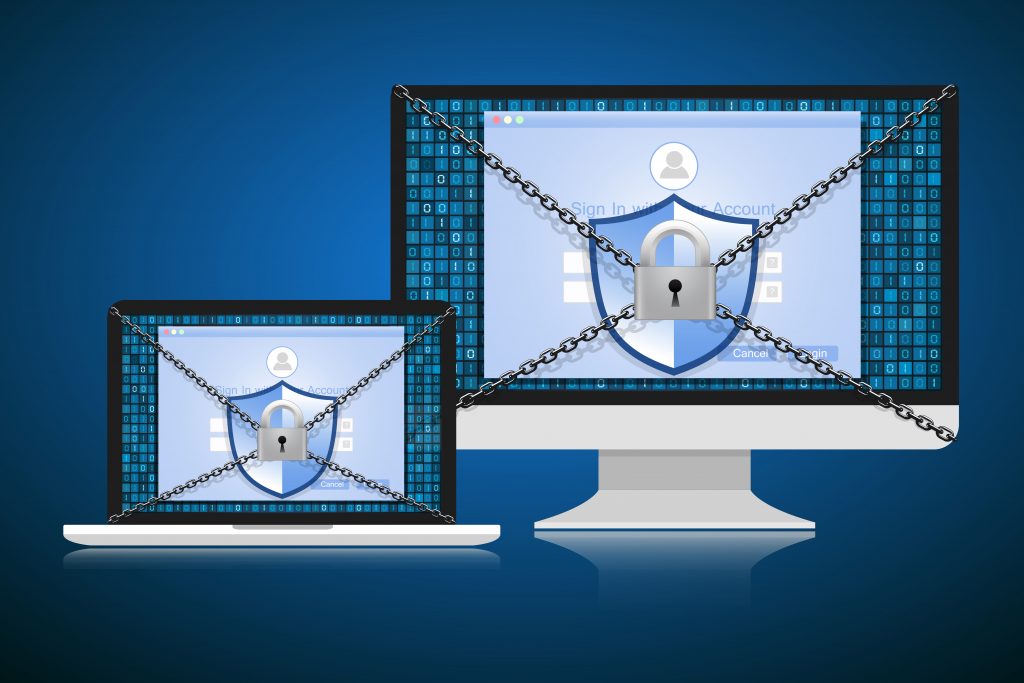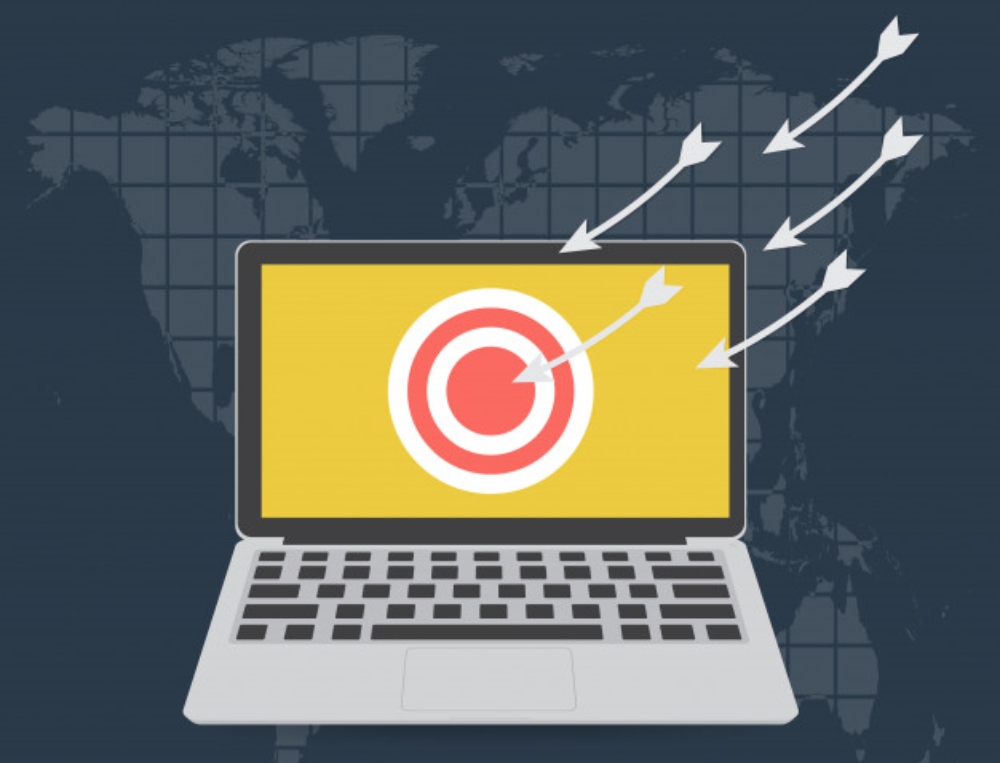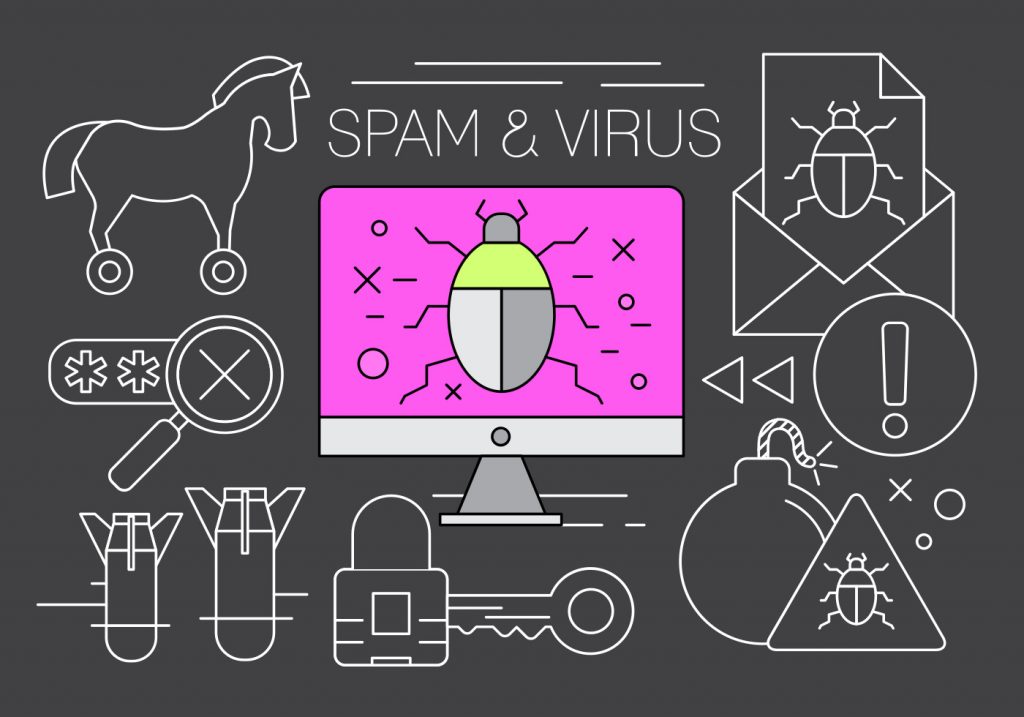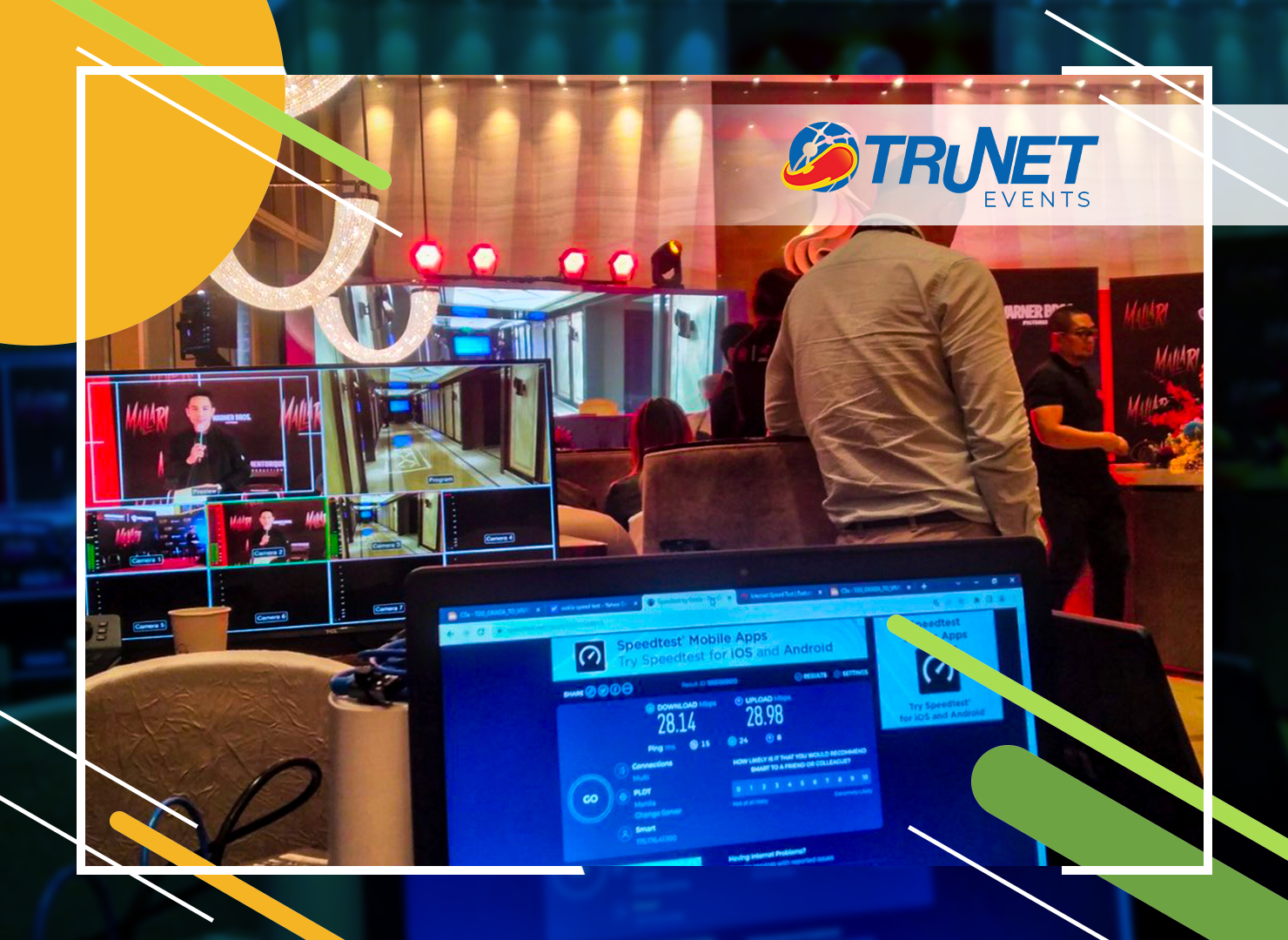Five Most Common Cyber Attacks and How To Prevent Them
Apart from financial repercussions, cyberattacks can damage your business’ reputation and erode consumer trust. This, in turn, could potentially lead to loss of customers and loss of sales.
A 2018 study revealed that the potential economic loss in the Philippines due to cybersecurity incidents would hit a staggering US$3.5 billion, 1.1 percent of the Philippines’ total GDP of US$305 billion that year. The same study showed that only 44 percent of organizations consider cybersecurity before the start of a digital transformation project.
At the digital age when cyberattacks spread like wildfire, knowledge is the first line of defense against them. Here are the most common types of cyberattacks:
Malware

Malware (malicious software) is a popular form of cybercrime for hackers that secretly accesses a device without the user’s knowledge. Malware can infect your device in many different ways. These includes downloading software that may be secretly infested with malware, clicking on links or pop-up windows that cause malware to start downloading, opening email attachments that contain malware, or visiting a site that is contaminated with malware. Virus is also a form of malware.
Phishing

A phishing scam is a bogus trial for cramming a person’s private information. A cybercriminal poses as a credible source or trusted partner, usually in an email that provides some sort of link or call-to-action to get you to click on it. The term phishing got its name for a reason: the homophone of the word “fishing” resembles the same theme: tossing out bait in hopes to catch a ‘victim’.
Ransomware

Ransomware is a branch off of malware where your computer or device is locked until a ransom is paid. Usually the payment comes in the form of a difficult-to-trace online cryptocurrency such as Bitcoin or Ukash. It is not encouraged to pay the ransom, as there is no guarantee that your files will be unlocked after the payment is made.
SQL and XSS Attacks

An SQL injection attack is a code-based attack on an application. During the attack, hackers submit a special section of database query code to a particular server and the server, in turn, discloses some information that is sensitive when responding with the corresponding results. If successful, the cybercriminal will gain the access to tamper with data, change or void financial transactions, or create false identify to destroy the data completely or even dictate the entire database server.
DDoS

Denial-of-service (DDoS) attack is a malicious attempt to disrupt normal traffic of a targeted server, service or network by overwhelming the target or its surrounding infrastructure with a flood of Internet traffic. Hence, the inability of a site or an application to deliver the supposed service.
Preventing Cyberattack
While each cyberattack requires a particular intervention, here are general measures to prevent them:
- Password protect your network
- Do not save your password in web browsers
- Strengthen your password
- Keep your security programs updated
- Think before you click
- Check for poor spelling and grammar mistakes as well as a misleading domain name
- Do not send your personal information to anyone unless you are 100% sure it’s legitimate
As people rely heavily on digital services today, it is an imperative to make it necessary to protect our online information. It is quite difficult to eliminate all cyber-attacks but having a comprehensive and actionable business continuity plan is crucial in mitigating risks and facilitating a speedy response and recovery.
Protect your business. Combat these cyber security threats today with a business solution tailored to your security needs.










